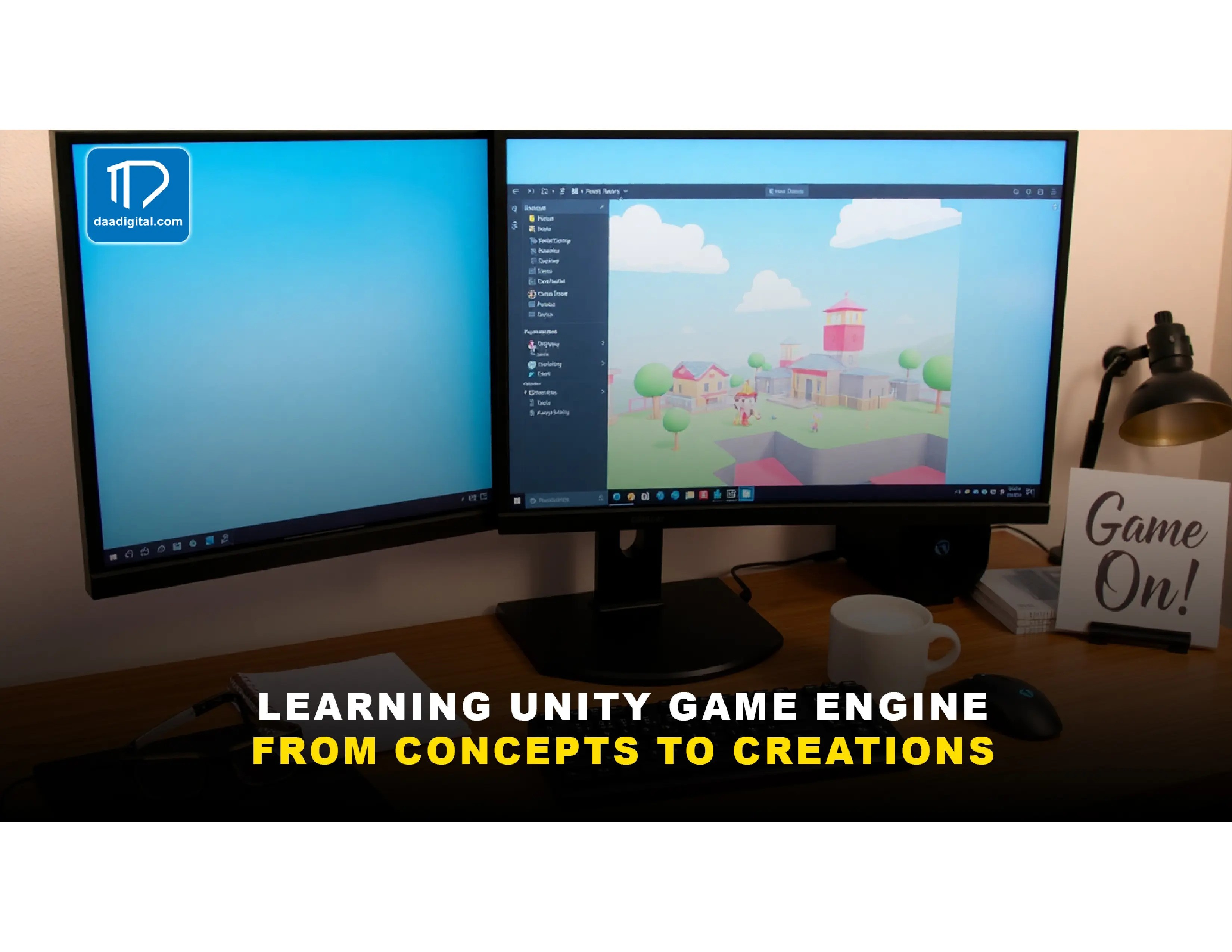
Albeit itself being a game engine, Unity has emerged as one of the most widely used tools for game developers across the world to enable makers to bring to life ideas. Newcomers and experienced users will be equally benefited from Unity, as this tool offers a powerful set of instruments for turning the concept into an interactive artwork.
It is necessary to describe the learning process beginning with the concept acquisition to the development of fully playable games for Unity.
The first thing to remember in learning Unity is to understand and familiarize oneself with Unity’s main functions and interface. Still, Unity’s workplace is made of several panels: Scene View, Game View, the Hierarchy, the Inspector, and the Project panels.
With these tools, developers can have a look at the intended game environment, manage this virtual space, and produce changes in it. One should understand the basic barrels of the Unity platform in order to create a game from scratch.
As for any Unity project, the use of GameObjects is here at the core, as they contain other elements which may include physics attributes, scripts and models. Creating a functional game environment and populating all the objects in the environment means understanding Colliders (interaction), Rigidbody (physics), and Transform (position, rotation, scale).
Unfortunately, coding remains a critical aspect of game development mostly because C# is the primary programming language used by Unity. However, new to Unity Scripting, a beginner should start with the basics of C# including variables, loops, and conditional expressions.
The application programming interface API of Unity allows gamers to handle the inputs from the users, behaviour and even game content. Particularly useful for scenario creation, compiling scripts for the player’s actions, interacting with objects, or the general gameplay can physically bring your concepts to life.
To learn these abilities, Unity has provided online courses to help as well as their extensive documentation.
So now that you’ve learned the basics let’s start building! Simple 2D platformers, or a 3D maze game would do well as the first project, really – they could create a game like that easily. The Unity Project has templates of several project kinds which may require some application with a beginner.
In this case, if you are in search of environments, music effects or characters and the like, you can do so under Asset Store. This saves time when you are now out of the basic tutorials and can now focus on the mechanisms in Unity. In order to include the logic and interactions into your game, the following tools should be utilized alongside with your scripts.
The advanced features are also offered for you to discover more once you feel comfortable with unity. These consist of:
To expand your game’s outreach, Unity allows you easy distribution of your game across PCs, mobile devices, consoles, and virtual reality systems. Ensure that your game executes well with no single bug and should have the ability to run smoothly.
Learning Unity is a creative course and learning process as well. That means anyone can master the Unity game engine if they are willing to practice often, don’t mind experimenting and want to bring ideas to life. Act modestly, think big and paint creatively with Unity.